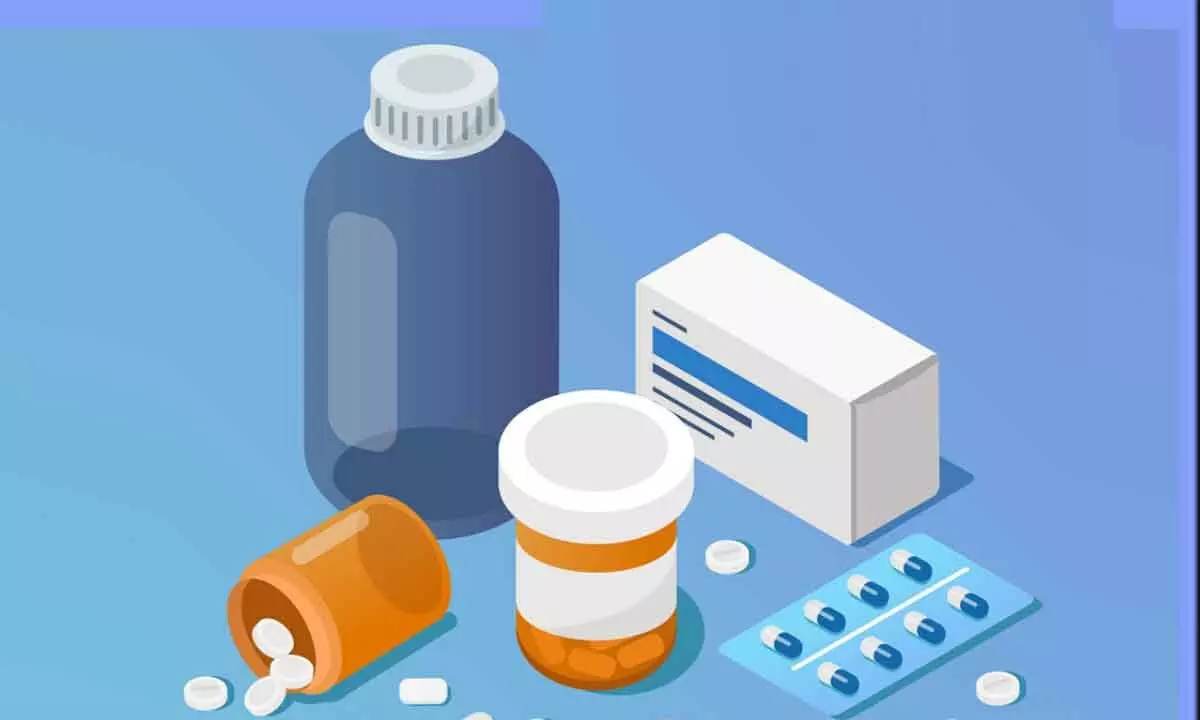Surgical chip to combat alcoholism, drug addiction
Naltrexone is often used during addiction therapy to prevent relapse
image for illustrative purpose

The implant (chip) placed under the skin is effective in alcohol and substance addiction, which is now considered a chronic disease. The treatment aims to keep the patient clean and free from substances or alcohol for life.
When an addict is taken for treatment, the first week is determined as a detoxification treatment. In other words, while removing the substance from the body, minimizing withdrawal symptoms, the patient's body is purified from the substance without much trouble. In case the individual has another additional psychiatric disease, the related treatment is provided.
In the subsequent step, drugs that can keep the person away from substance and reduce cravings are prescribed and given to the persons started rather than go for the substance that is biologically effective to the receptors.
Until now, drugs were always used in the form of tablets, capsules, a single daily dose, by oral intake. Advanced studies show that treatment and medication intake is extremely low, especially in addictive patients, as in chronic diseases. For this reason, there is a push for innovating long-acting drugs for all diseases.
One of these treatments is a slow-release application that is placed under the skin, commonly known as ‘implant’, which is proven effective for up to two months.
They must stay in the body for at least a year, though the fact is that implant treatment is not applied to every patient but only to those who are keen on the treatment and can follow up with the hospital team. It is especially used in patients with heroin and alcohol addiction. A good augury is that this measure has produced impressive results. Depending on the patient's situation, it is necessary to change the implant every 2-2.5 months. The presumption is that the implant application will continue for at least one year in a patient.
The most important feature of the implant (chip) is to prevent the effect of the substance on the person who is undergoing it.
Staying away from the matter (temptation or craving) becomes a new source of motivation for the person. The doctors wait for five to seven days before starting treatment especially if there is heroin or alcohol in the individual’s blood. If the implant is applied with heroin in the blood, it quickly expels the heroin at that receptor and sticks there itself. Thus, the patient enters the craving phase, which could be a major setback for the rehabilitation process. When in a hospital or centre 7-10 days, the first thing that is done is cleaning the blood in the body before the implant is applied in the lower abdomen.
This process takes between five and seven days. After applying the implant, the condition of the patient is observed in those few days, and the patient is discharged on the 15th day.
During the follow-up process in the hospital, after the psychiatrist states that the patient's condition is suitable for the implant, it is placed by the general surgeon by making a subcutaneous incision of approximately one centimeter towards the lower abdomen with a small surgical procedure. After the implant is placed, it is followed up for 24 hours against the risk of infection.
One many wonder how the Naltrexone chip can help. Well, naltrexone is frequently used in addiction therapy to prevent relapse. Disulfiram, the standard treatment for alcohol addiction up until the late 20th century, has been replaced by naltrexone. While disulfiram causes unpleasant side effects such as nausea, vomiting and dizziness, naltrexone is milder and works by blocking the area of the brain that chemically rewards drinking.
According to the Substance Abuse and Mental Health Services Administration (SAMHSA), naltrexone is an opioid antagonist (inhibitor) that works by attaching itself to opioid receptors in the brain. People who take naltrexone claim to have fewer alcohol cravings and feel less pleasure when they do use alcohol, explained personnel from The Coleman Institute for Addiction. Patients are able to refrain from drinking and concentrate on their recovery programme since naltrexone supports sobriety. This tiny implant is placed beneath the skin of the patient to ensure that they receive it consistently. According to Eleanor Health, a premier mental health and addiction treatment centre, naltrexone implants are a secure way to treat opiate addiction and alcohol use disorder. However, this strategy carries several negative effects such as pain, , swelling, redness, itchiness, infection and irritation.

